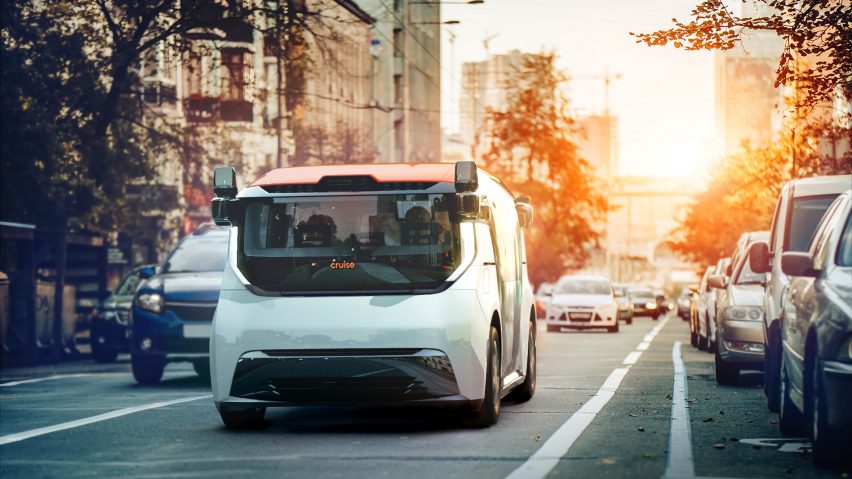
Cruise unveils its driverless Origin car for shared ownership
Autonomous vehicle startup Cruise has revealed its first self-driving, electric car designed for shared ownership, which has no steering wheel or pedals.
Cruise was able to rid the Origin car of an engine, steering wheel, rearview mirrors, pedals and windshield wipers, to leave a spacious cabin "designed around the rider".
Developed in partnership with General Motors (GM) and Honda, Origin is the startup's vision of what transportation systems would look like if designers could start from scratch, with no idea of pre-existing vehicles.
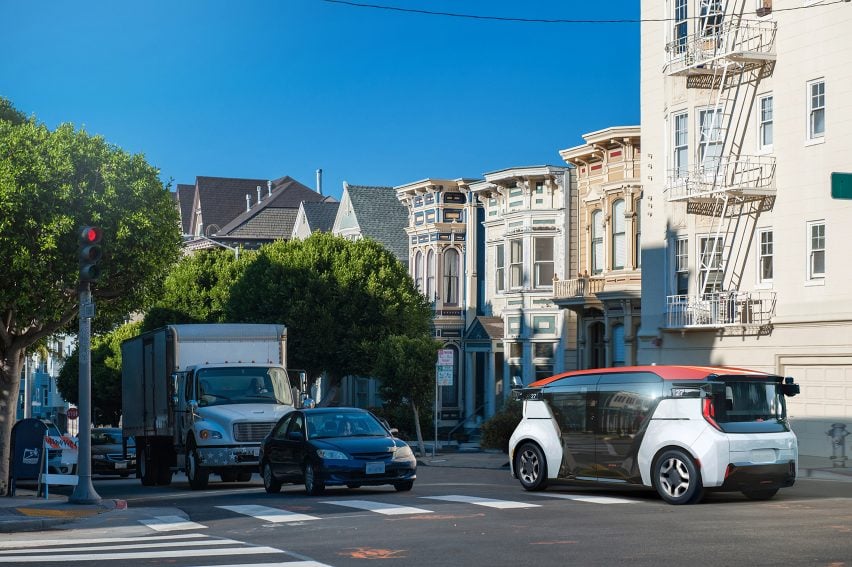
"Fifty years ago, cars looked like, in a word, cars," said Cruise CEO Dan Ammann. "Fifty years, and all we've gotten is one incremental change after another."
"We're still cramped in a tiny space. We're still burning fossil fuels, polluting our cities and destroying our planet. We're still spending hours out of our day stuck in traffic, inventing new swear words. We're still dying at a rate of more than 3,000 people per day," he continued.
"We didn't just want to improve on the car," he added. "We wanted to reimagine transportation as if the car had never existed."
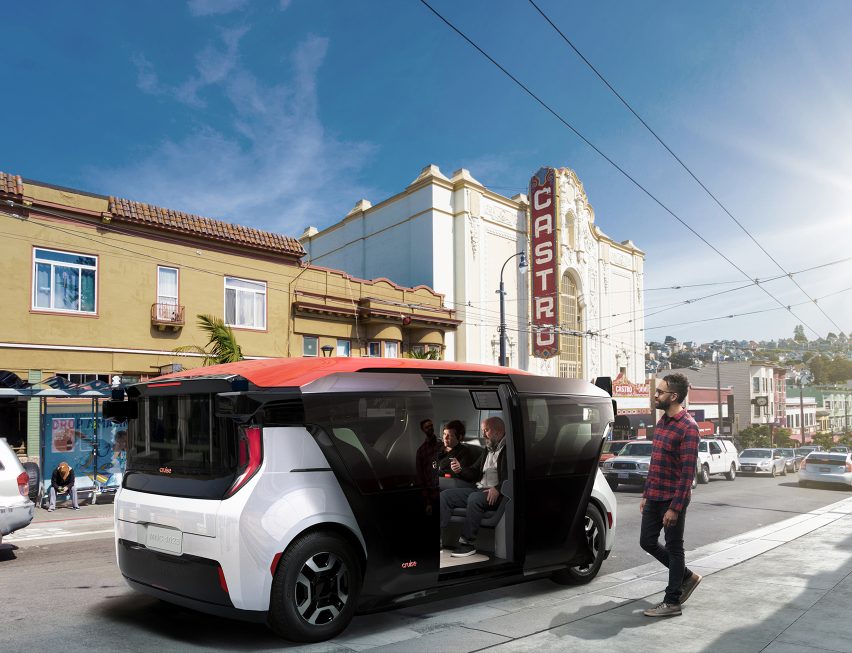
Described by Cruise as "an experience that you share" rather than a car that you buy, the prototype vehicle aims to encourage a more affordable and collaborative style of transportation instead of individual ownership.
If widely adopted, this would help alleviate congestion and contribute to lessening emissions.
While the vehicle may appear larger than usual, it's the same size as an average car, but instead features a symmetrical and blocky exterior, similar to a van or shuttle bus.
The entryway into the vehicle, however, is three times larger than that of a typical car, and is also lower than usual. This makes it wide enough for one person to step on while another steps out.
Each seat has extra legroom and is positioned inwards to face the others, to encourage conversation with other passengers.
The Origin also features doors that slide open rather than hinging outwards, to ensure the safety of cyclists.
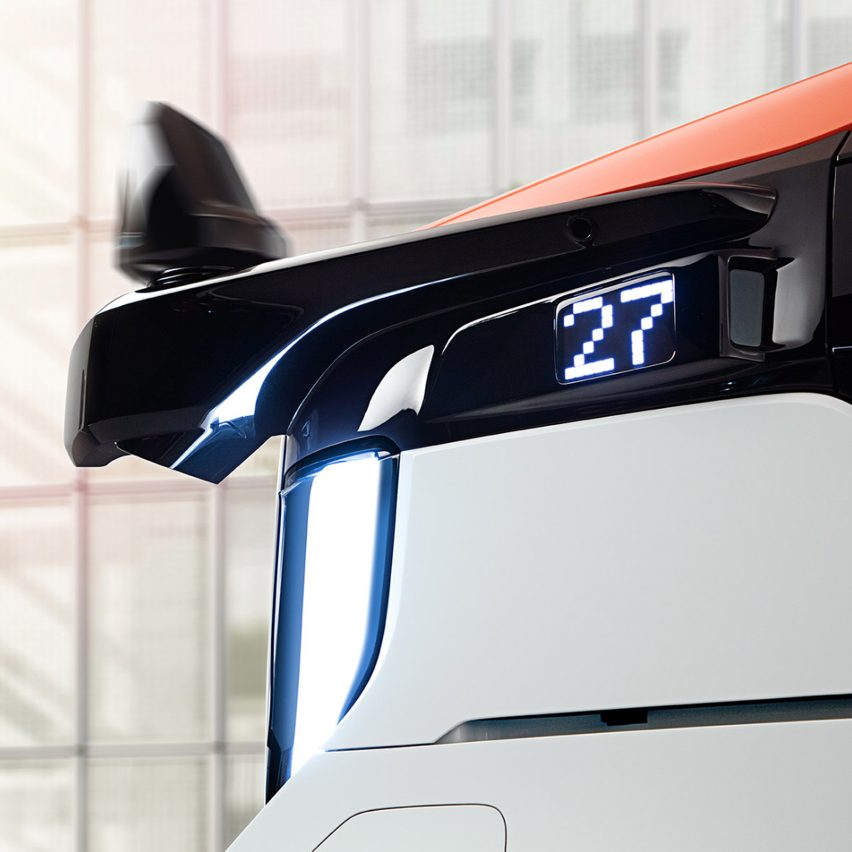
The car boasts a modular design, meaning owners can save money on replacing or upgrading parts while additionally reducing waste.
This modularity grants the car a lifespan of over one million miles, which is six times more than the average car according to Cruise, and will cut transportation costs per San Francisco household per year by up to $5,000.
The startup also promises to build each model for around half the price of what a conventional electric SUV currently costs.
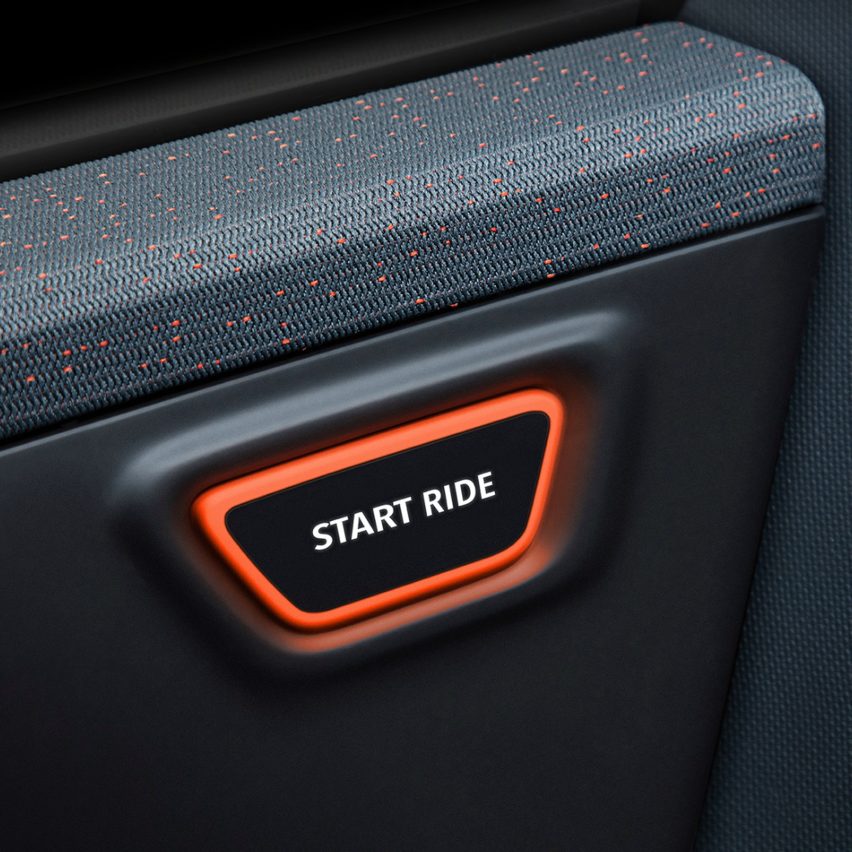
The car, which can be operated and hailed via Cruise's app, is powered by a fully electric platform developed by GM.
It features multiple AI-powered sensors designed to detect and avoid people and objects in its surroundings in all weather conditions.
"It's got what's called redundancy," explained Ammann about the platform, "meaning there are no single points of failure across sensing, compute, networking, or power – because there's no backup human driver."
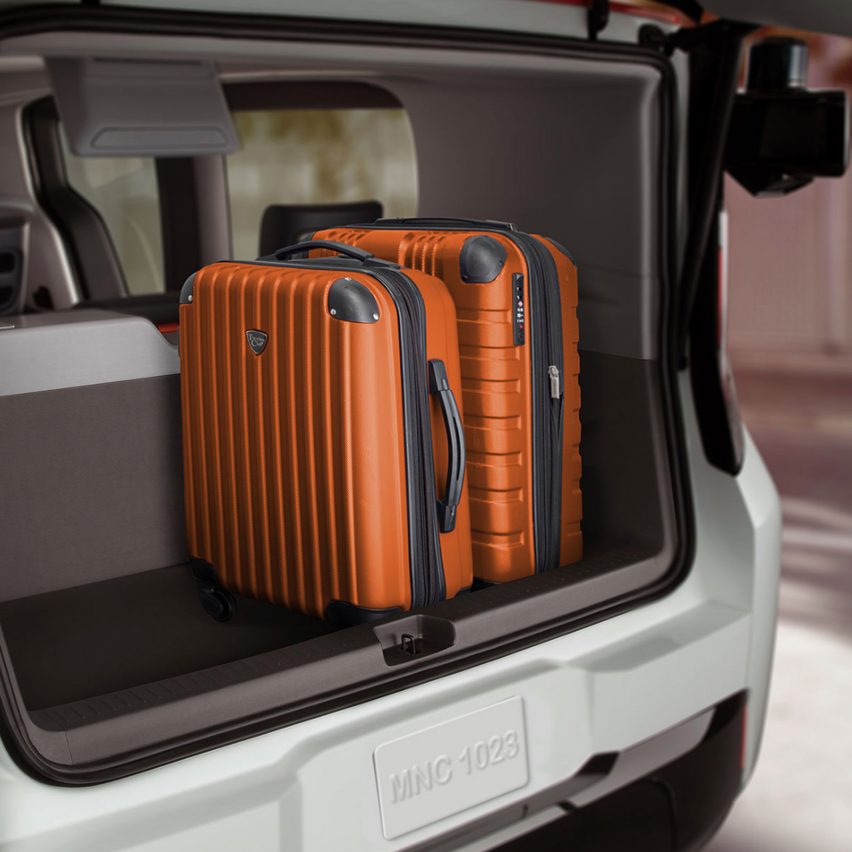
The Origin car was launched on 22 January 2020 at an event in San Francisco, where Cruise is based, almost a year after the startup postponed its plans to debut a driverless taxi service for public use in July 2019.
Cruise has, however, been running fleets of its third-generation vehicles on the roads of San Francisco as part of a driverless ride-sharing service that can be used by any of its employees around the clock.
Japanese brand Muji had a similar design in mind when creating its self-driving Gacha bus with Finnish autonomous-driving company Sensible 4.
The shuttle bus took to the roads in Helsinki back in March 2019, and was billed as the first driverless bus in the world that is able to drive in all types of weather, including heavy rain, fog and snow.